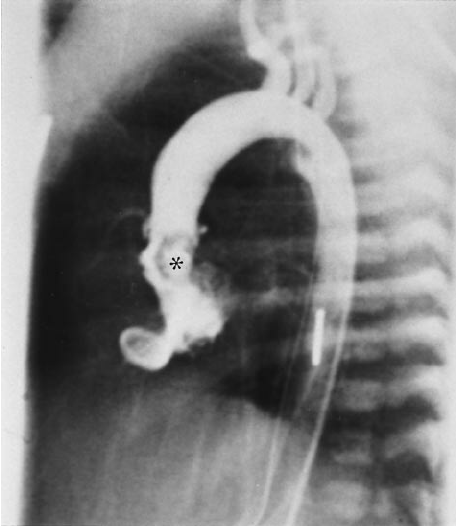
Subaortic dilation of the aorta, otherwise known as supraventricular tachyarrhythmias or SVTs, is a medical condition that results in rapid heart beat. Subaortic dilation occurs when the aortic valve opens either partially or completely, causing a drop in the size of the ventricle of the atria, as well as increased blood flow to the ventricle.
When a person suffering from this condition goes into this arrhythmia, the atria can beat more than 200 beats per minute, and can be up to 300 beats per hour. SVT is sometimes also called paroxysmatic supraventricular tachycardia or PVA. Individuals with this condition may sometimes go into it suddenly without being stressed or in a stressful situation, but others may go in during sleep.
Supraventricular tachycardias are classified into three main categories
The first of these is the atrioventricular or cardio-ventricular conduction disorder, which is characterized by abnormal conduction. The second category is the ventricular fibrillation or ventricular tachyarrhythmias, which involves abnormal contractions of the ventricle. Lastly, in the third category, is the ventricular fibrillation or ventricular conduction blockage, which involves abnormal contractions and relaxation of the ventricle. Other types of SVTs include ventricular torsion, which is an abnormally fastening of the ventricular conduction system to the atrium, which could result in a loss of conduction; ventricular fibrillation, which results in abnormal contraction of the atria or ventricle; and ventricular tachycardias, which involves the conduction of electrical impulses through the ventricular wall and is normally slow in pace.
Subaortic dilation can cause symptoms like nausea, dizziness, hypertension, increased blood pressure, palpitations, and sweating. When the individual is suffering from supraventricular tachysrhagia, or the abnormal beating of the heart, they can suffer from rapid heartbeat, shortness of breath, an irregular pulse.
In most cases, treatment for supraventricular tachysrhagia can be treated with medications that improve the heart's rhythm, such as beta-blockers or anticoagulants. However, if the individual is experiencing symptoms of atrial fibrillation, then surgery is recommended. When patients have suffered from severe or life-threatening heart attacks, then surgical intervention is recommended. Surgery is often required for patients with aortic stenosis.
Surgery is a serious operation that require extreme caution, and therefore surgery is only recommended for patients who suffer from symptoms of ventricular fibrillation and have undergone significant damage to the heart muscle. Most individuals who undergo surgery are placed on ventricular pacing, or "pumping" the heart. This procedure involves the pumping of the heart through an a machine, to make the heart beat faster and stronger.

Patients may also undergo surgery for those suffering from high blood pressure
If the doctor deems that surgery is not necessary for these patients, the patient is often given medication that helps lower their heart rates. In many cases, this can cause temporary relief and allow the patient to live a normal life.
Tachysrhagia can pose serious dangers to the patient and their family, and it is important to discuss the possibility of surgery with your physician. If you feel you have symptoms that need immediate attention, or if you feel you are at risk for a life-threatening condition, then contact your physician immediately.
Surgeries are often performed to correct a condition that causes excessive and dangerous heartbeats, or in order to stop the heart from beating excessively and abnormally. Although some individuals suffer from supraventricular tachycardias because they have an underlying heart disease, other individuals may have to undergo surgery in order to correct their symptoms. In some cases, surgery may also be needed in order to prevent the individual from suffering from heart failure or death.
When the surgeon determines that surgical intervention is necessary for a particular individual, they will ask them about their medical history, lifestyle, and symptoms, before recommending surgery. Once surgery has been recommended, the patient and his or her family can discuss all of the possible side effects of the surgery. They can also learn about any medications that they are taking and any medications they may already be on. and may need to change.
It is important to remember that surgical intervention can have serious complications, and if the person undergoes surgery, then there is no guarantee that the procedure will work. Although the surgery itself can help control the symptoms, the body may heal the heart problems naturally, without the intervention of the surgeon. Before a person begins the surgery process, they should never change medications without first consulting their doctor and should be aware that this surgery is permanent.
In order to ensure the safest and most successful outcome, a person undergoing surgical intervention should always be monitored closely. Because the surgery can cause life-threatening complications, the surgery should be performed by a board certified physician. The physician should know that the patient is in a high risk category and should not operate unless he or she is sure that the procedure will not be fatal.